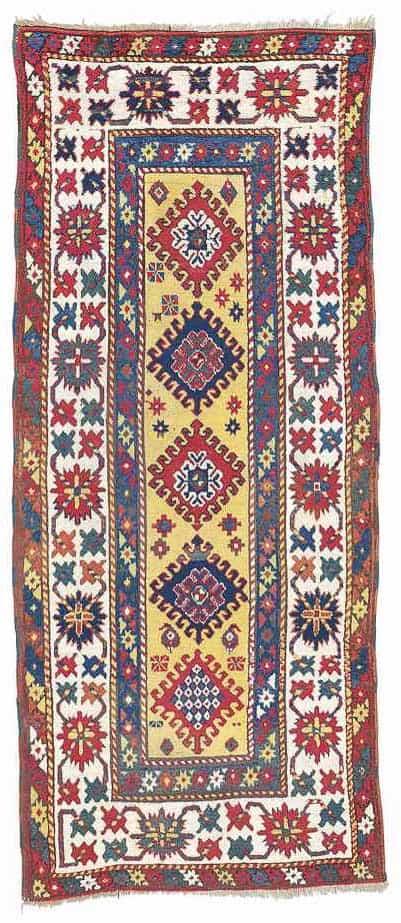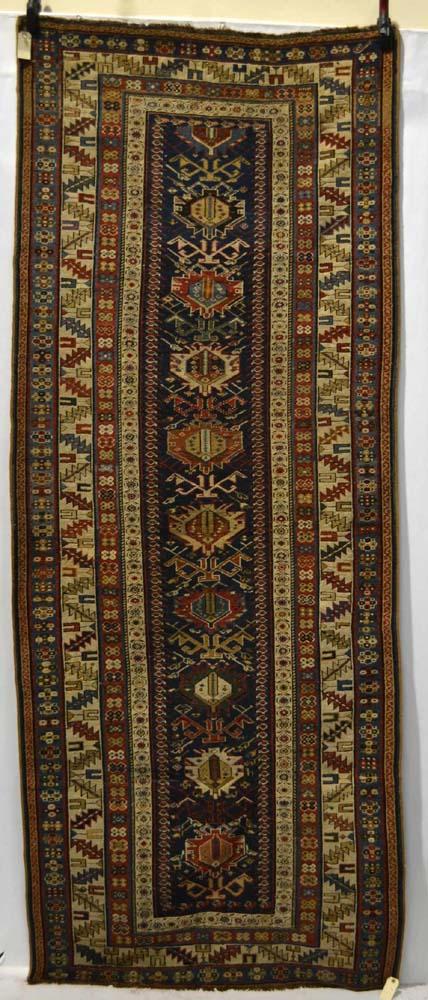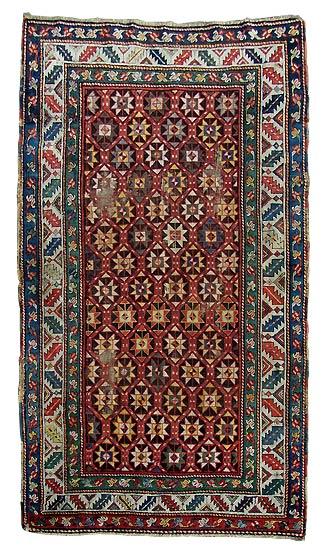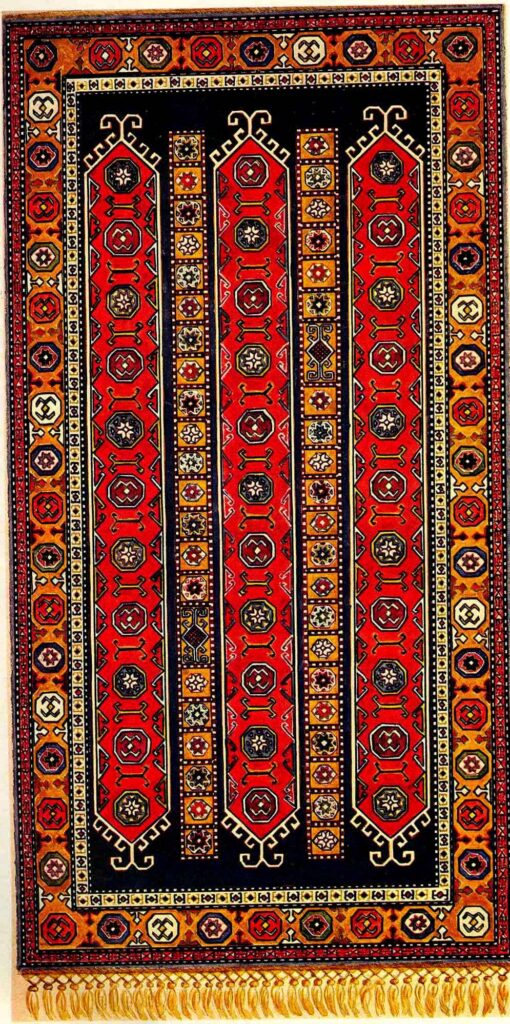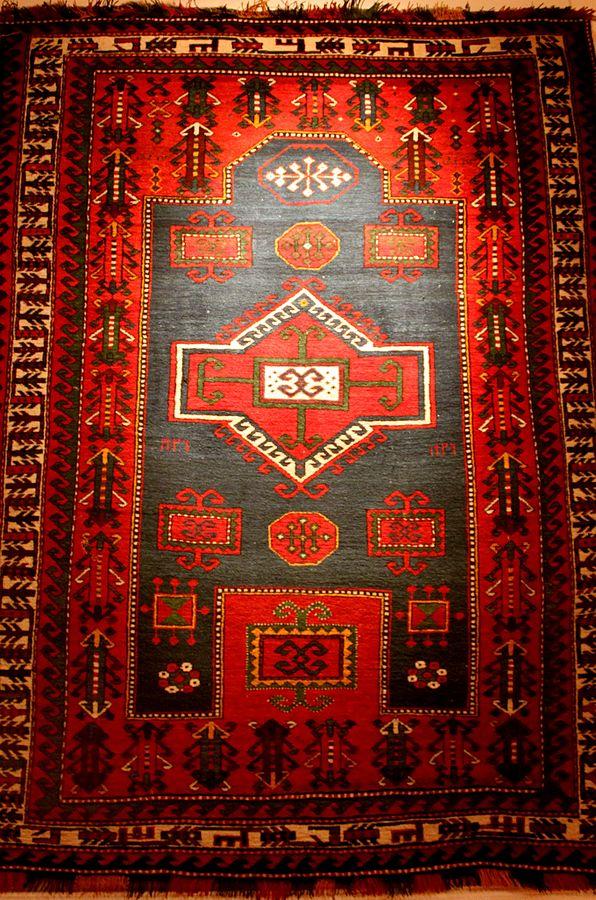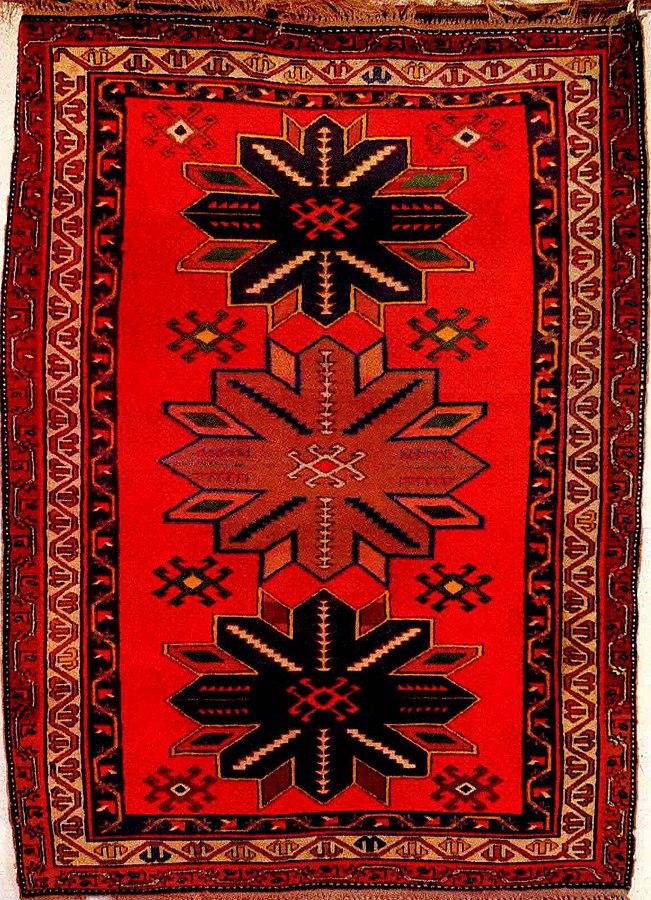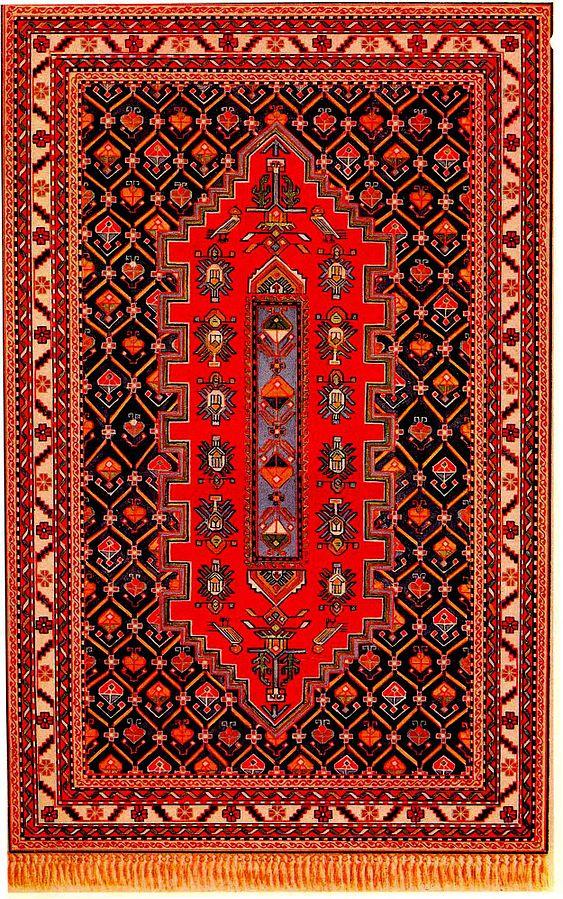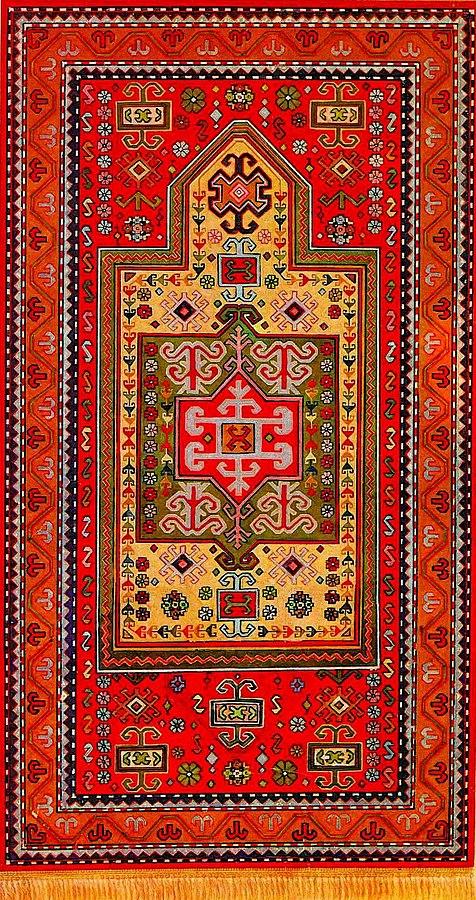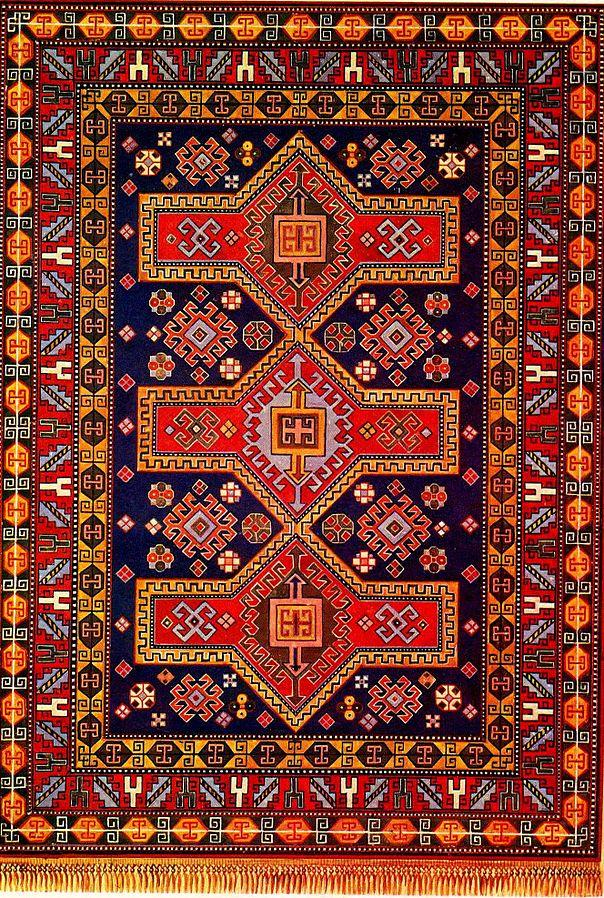Ganja rugs

Ganja is the Azerbaijan Republic’s second large city, with a population of around 332,600. It was called Elisavetpol during Tsarist Era. The city regained its original name, Ganja, in 1918 when the Caucasian Azerbaijan declared its independence. However, after incorporation into the Soviet Union its name was changed again in 1935 to Kirovabad and retained that name through most of the rest of the Soviet period. In 1989, during perestroika, the city regained its original name.

Meaning the Treasure in Persian, Ganja is truly a cultural heritage. Nizami and Mahsati, the two great figures in Persian poetry, lived here about a millennium ago and now their statues cherish their cultural presence. The former wrote the most beloved lyrical Persian ballads and the latter is almost equivalent to Omar Khayyam in the art of Rubaʿi (quatrain). She is one of the two great women in the Persian poetry.

Ganja was already a Persian rug weaving center when Shahs of Persia lost their Caucasian territory to the Tsarist Russia. Thanks to railway transportation system, rug production flourished in Caucus under Russian rule. Lots of antique ganja pieces in western markets made in this era.
Ganja woven pieces include those made in the city of Ganja and its surrounding villages such as Samukh, Gadabay, Shamkir and Shadlili.
Technical aspects and the structure of Ganja Rugs
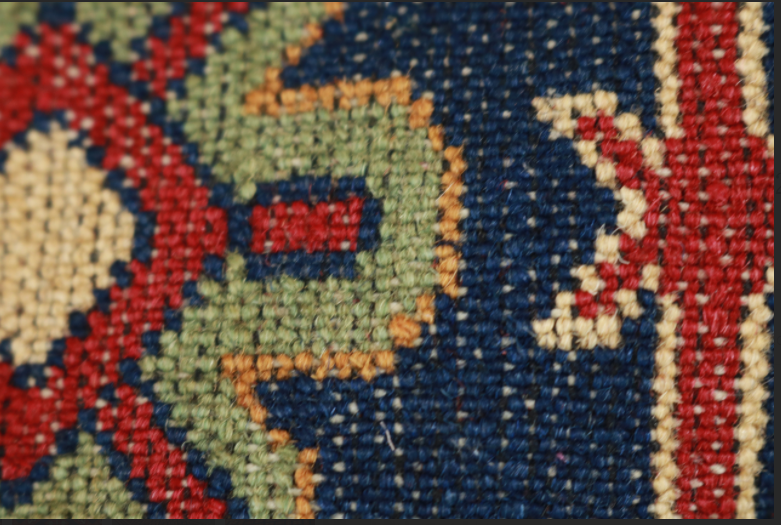
Generally categorized as Kazak, rugs of Ganja pieces have mostly a longer format.
Antique Ganja rugs are rather coarsely knotted with a density of about 57 knots per square inch. However these may be finest of Kazak pieces whose knot density is between 40 and 60.
Knots are symmetrical (Turkic). Warps, wefts and piles are woolen in antique pieces, but new ones may have cotton foundations.
Area rug sizes are favored including long ones. Runners are beloved sizes.


Dyeing and painting of Ganja rugs
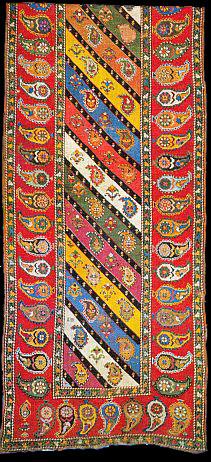
Madder and indigo brought a rich variety of red and blue on Ganja’s palette.
The primary palette of Ganja dominated by madder red, gold, yellow and ivory as well as all shades of indigo blue.
Thanks to the rich Caucasian nature, Ganja dyes obtained from best of madder euphorbia, indigo, pomegranate skins and walnut husks.
Designs and patterns of the Ganja rugs
Ganja designs chiefly consist of colorful diagonal stripes filled with tiny motifs. Such designs are called Ganja Qadim or Ancient Ganja. The most celebrated of tiny filling motifs may be boteh repeats.
Memling Gul is also common in Ganja. It is a motif characterized by hooked lines radiating from a central denticulate body, usually framed by a linear octagon.
Pole-medallioned and all-over designs have their versions as well as prayer rugs.
Shadly (Shadyly) rugs have the same diagonal structure in the filed with two or three big squares in the middle. The design is named after a Caucasian tribe.



